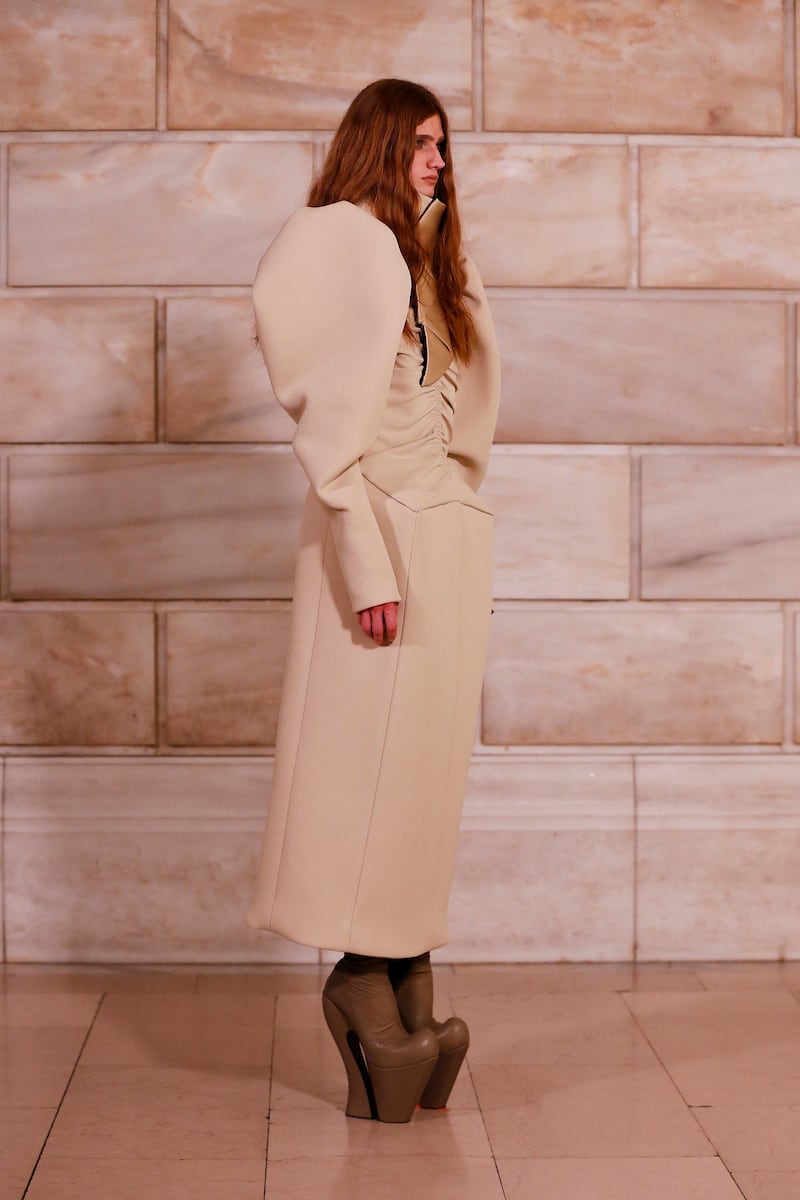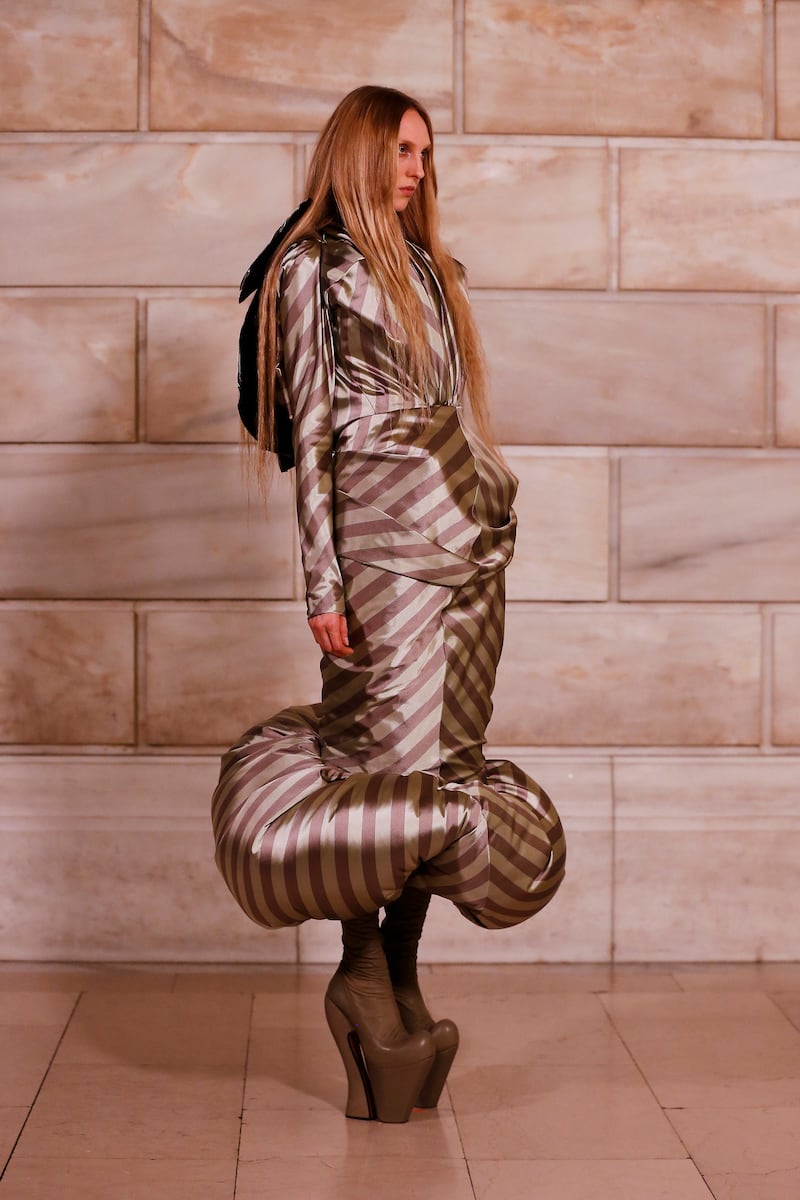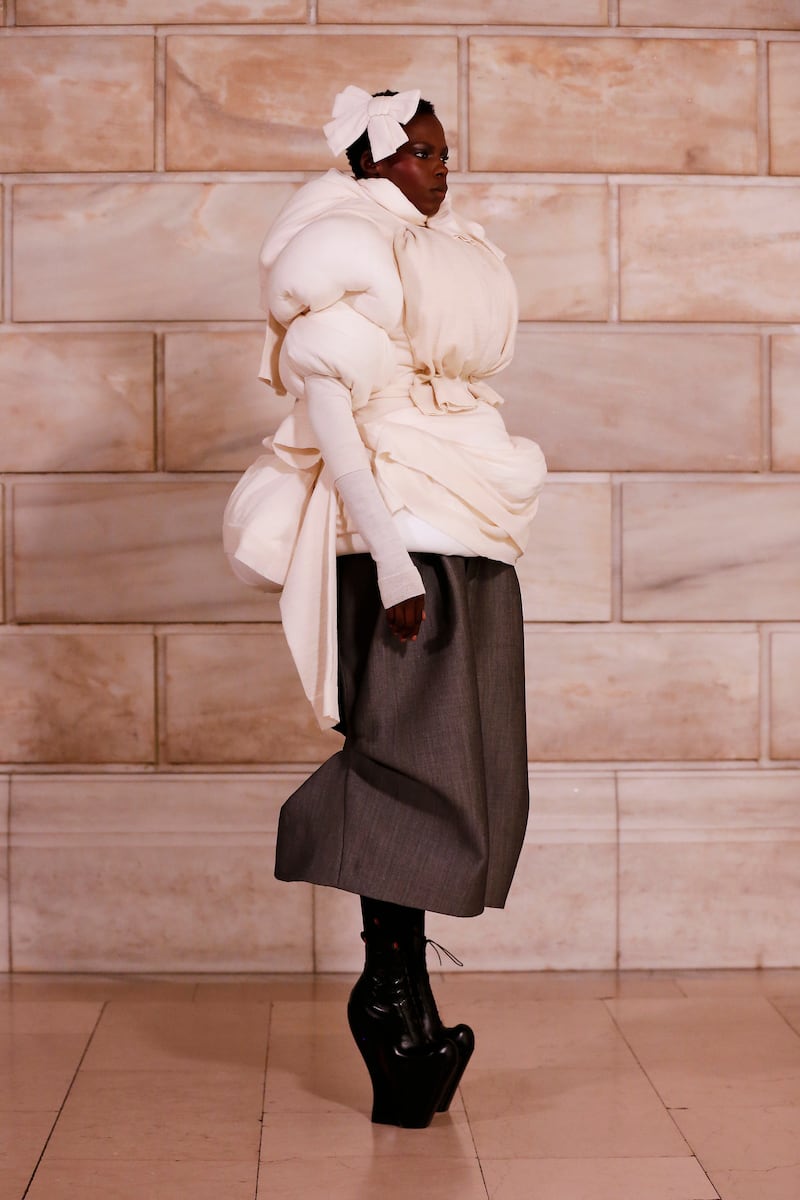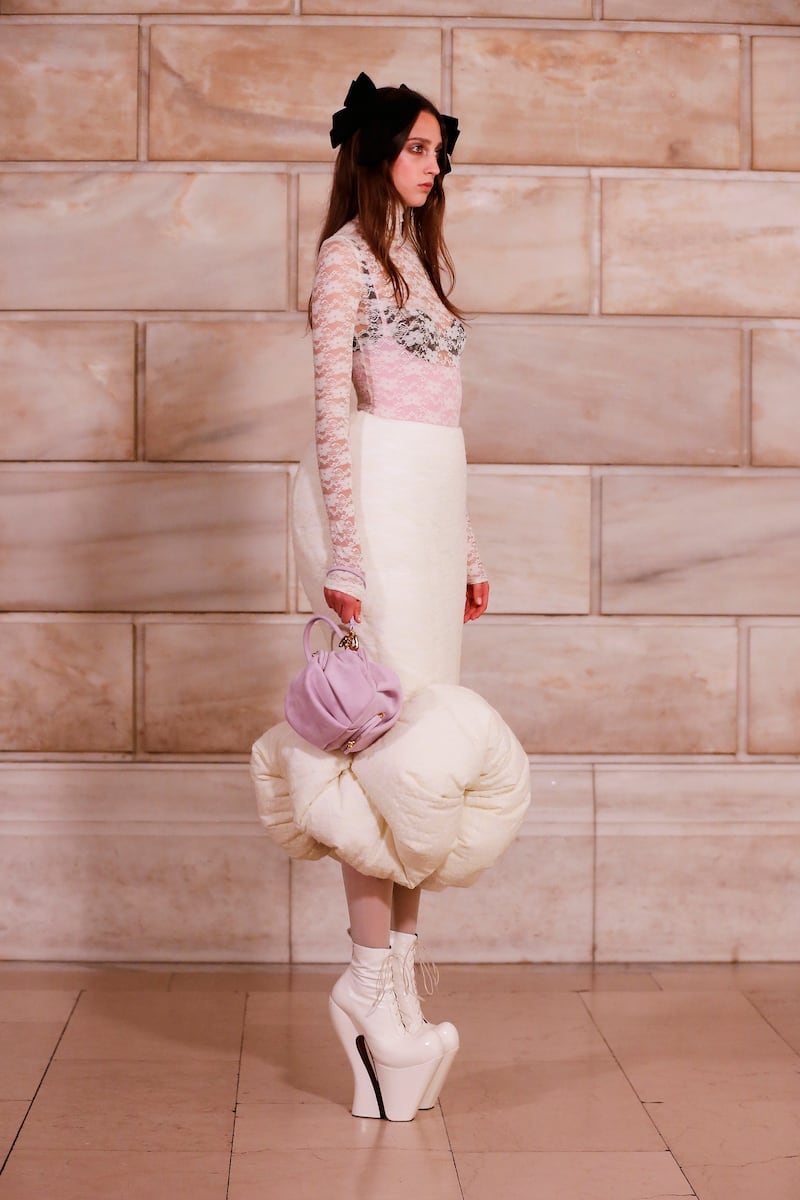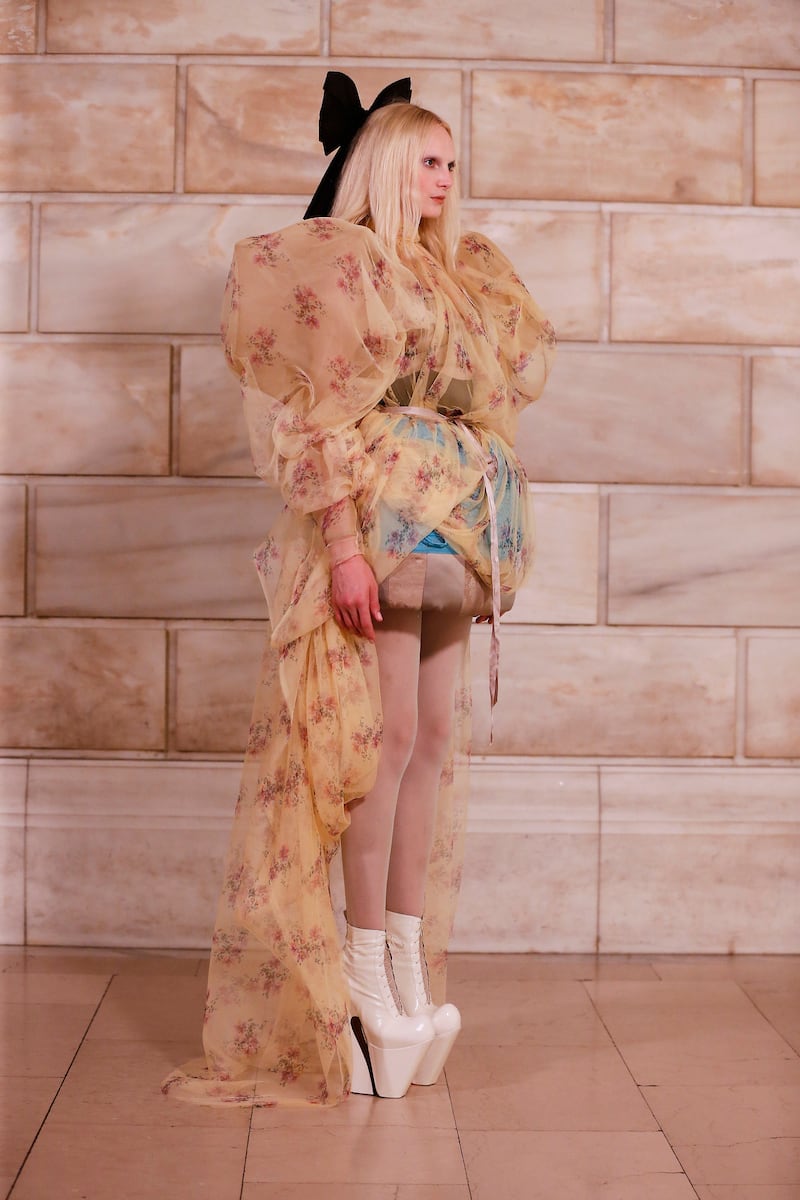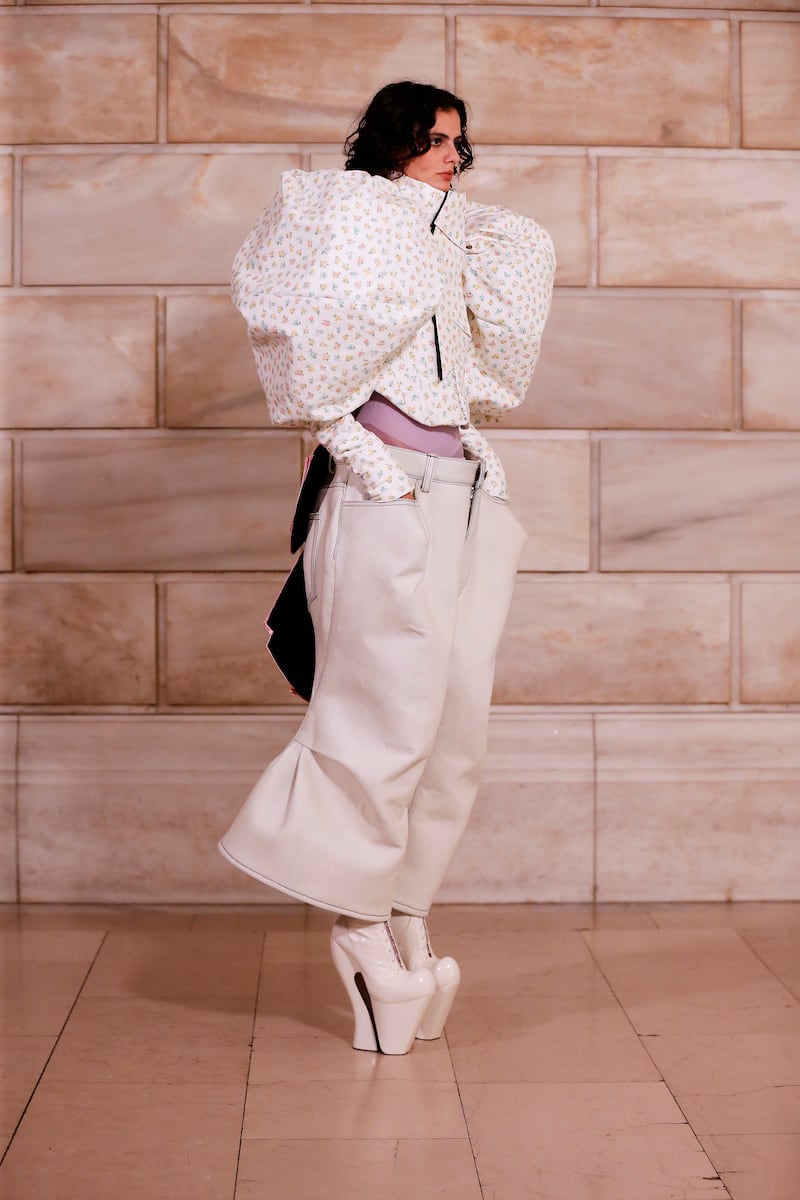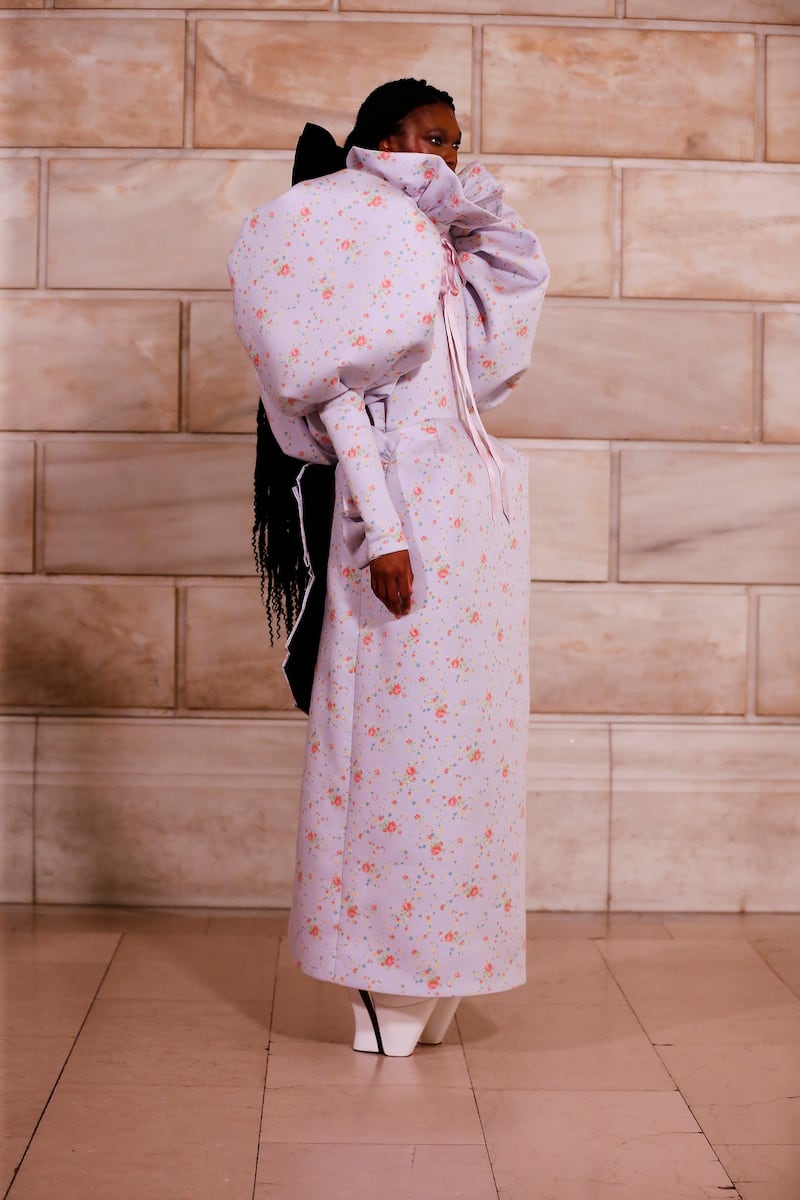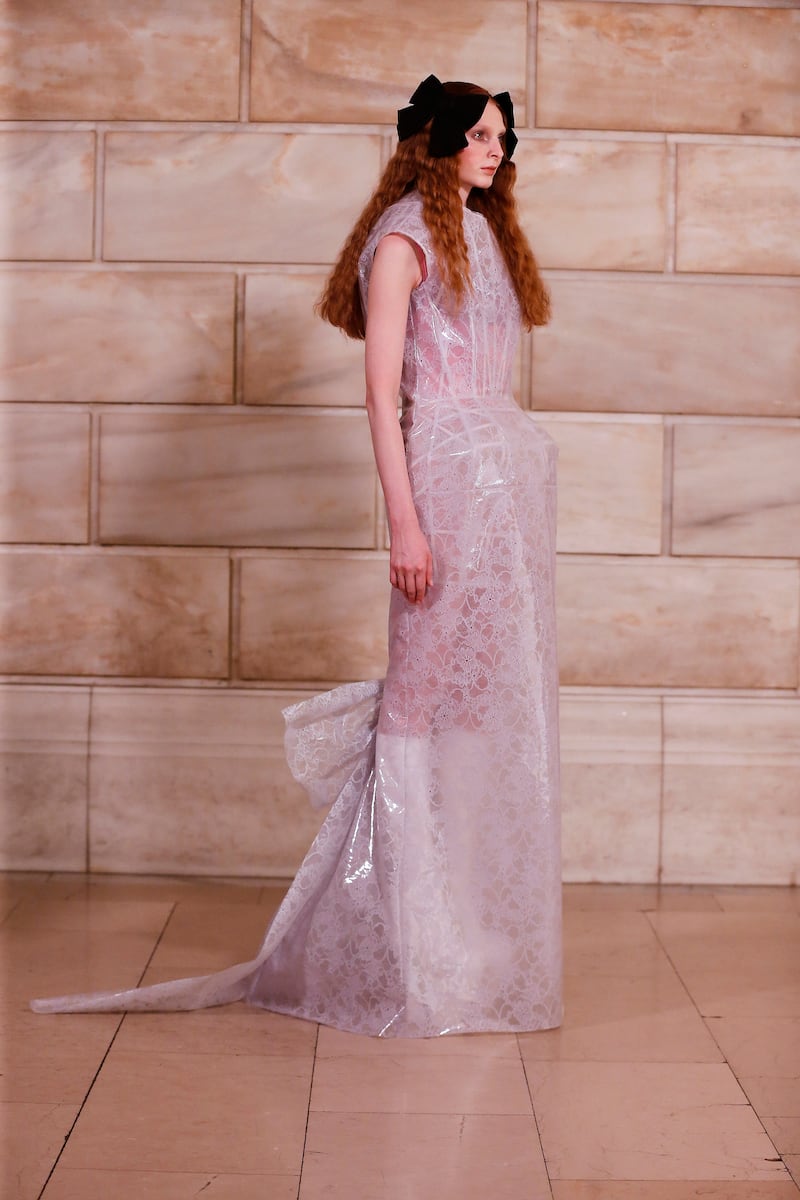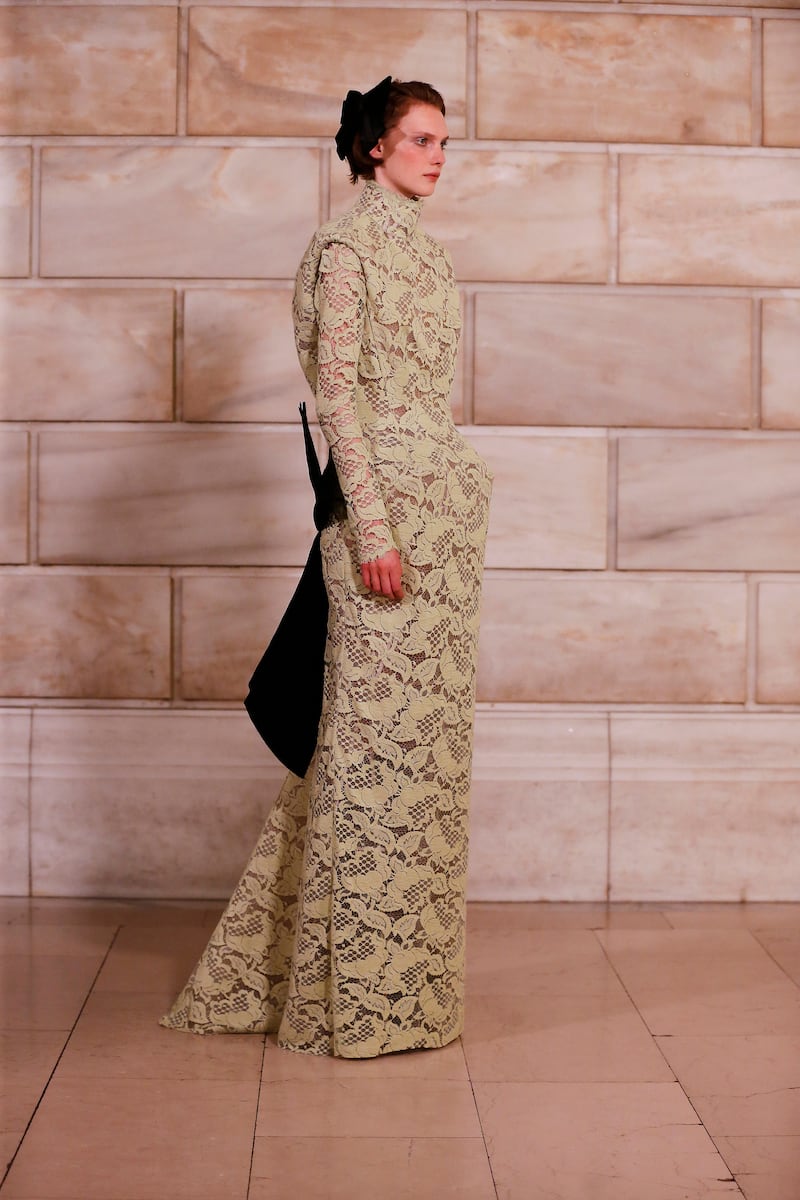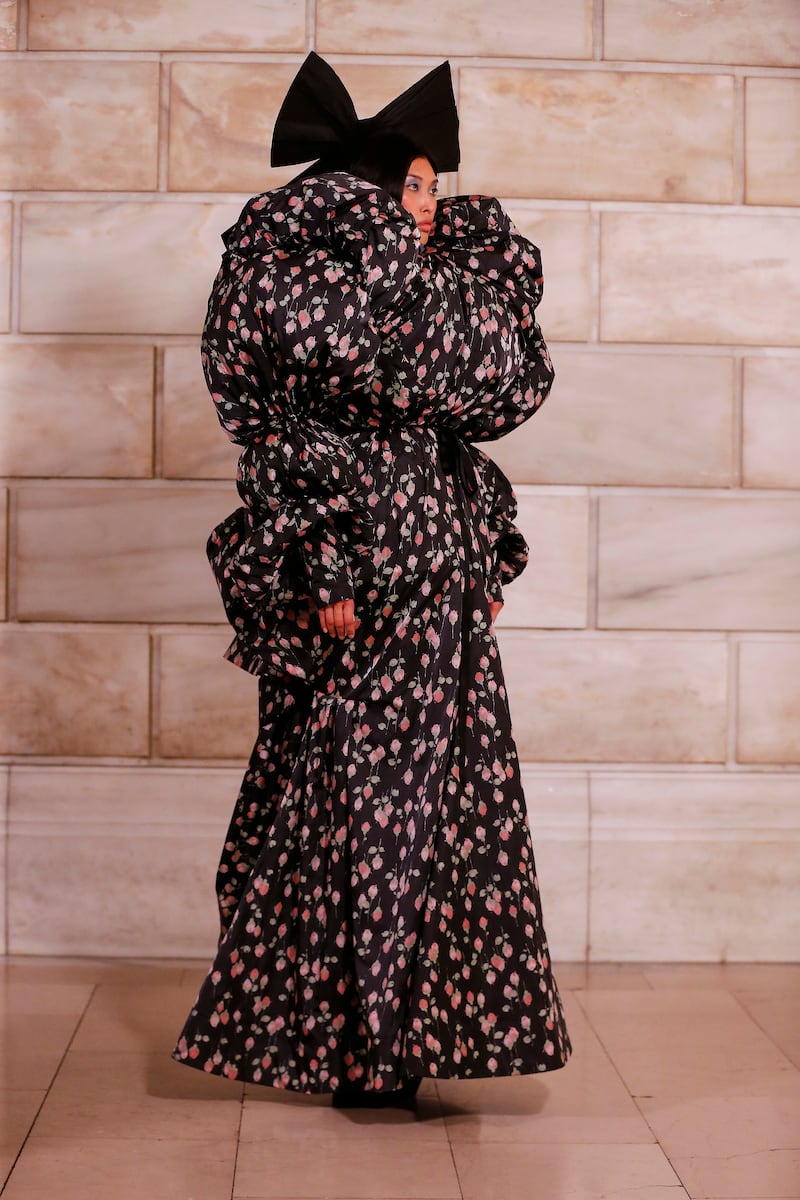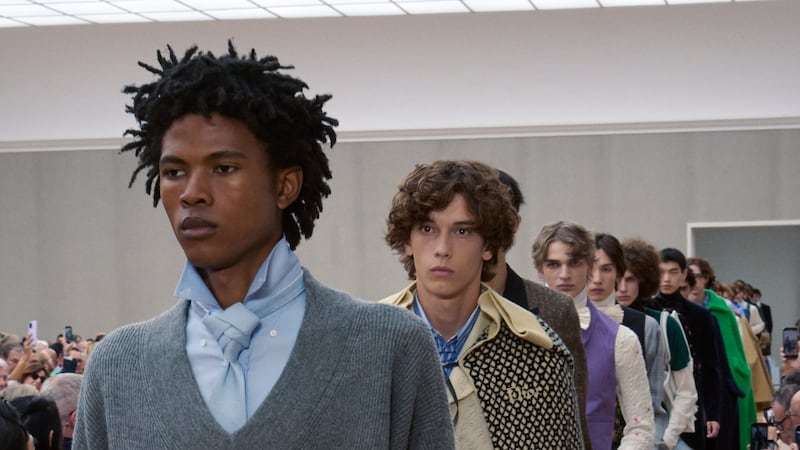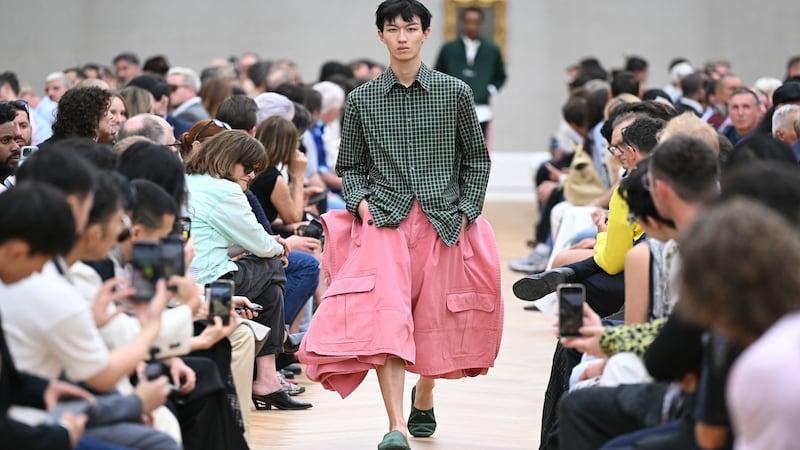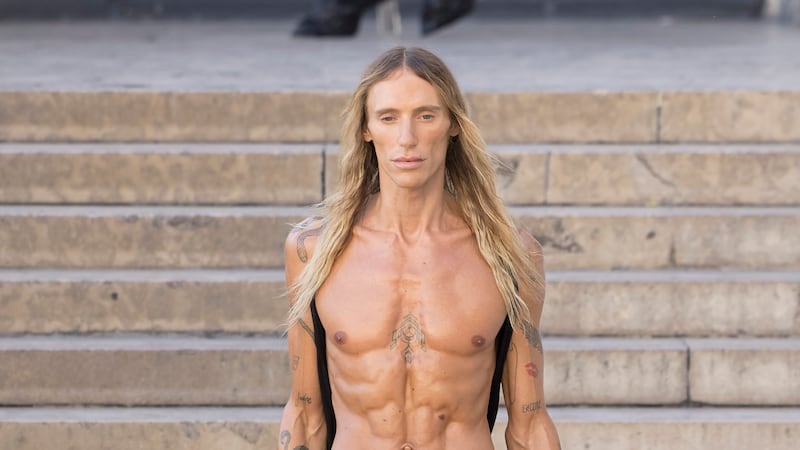Agenda-setting intelligence, analysis and advice for the global fashion community.
NEW YORK — It was perhaps a powerful gripping nostalgia that got every serious editor out on a sultry summer evening to see Marc Jacobs present his latest collection, a bi-annual off-calendar event that always seems to take place outside space and time. In this twilight zone, Marc is still America’s most important designer, the brightest star in our fashion firmament, even if the clothes he shows these days are never produced in large volumes and appear practically nowhere except on one sad rack on the third floor of Bergdorf Goodman.
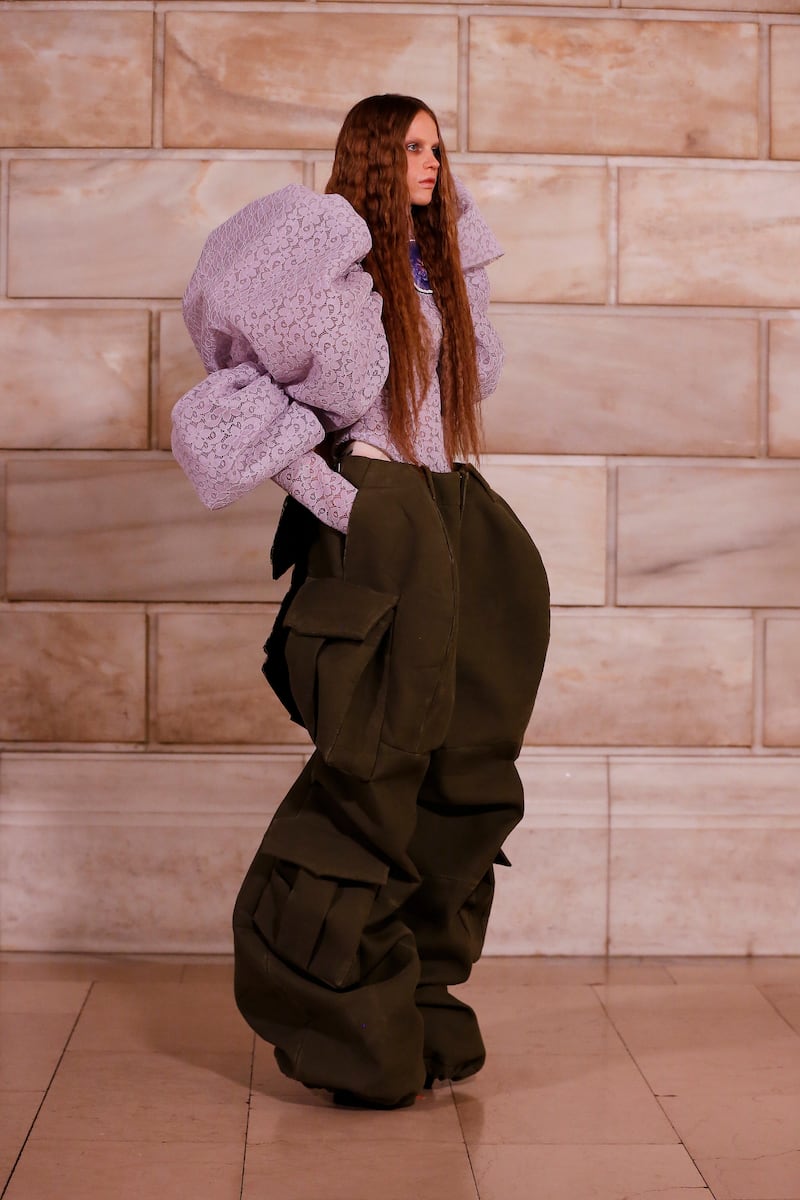
What season was this meant to be? The show notes, which one relies on at times like this, were pithy in the extreme: “Beauty. A quality or combination of qualities that gives pleasure to the mind or senses and is often associated with proportion such as harmony of form or colour, proportion and authenticity.”
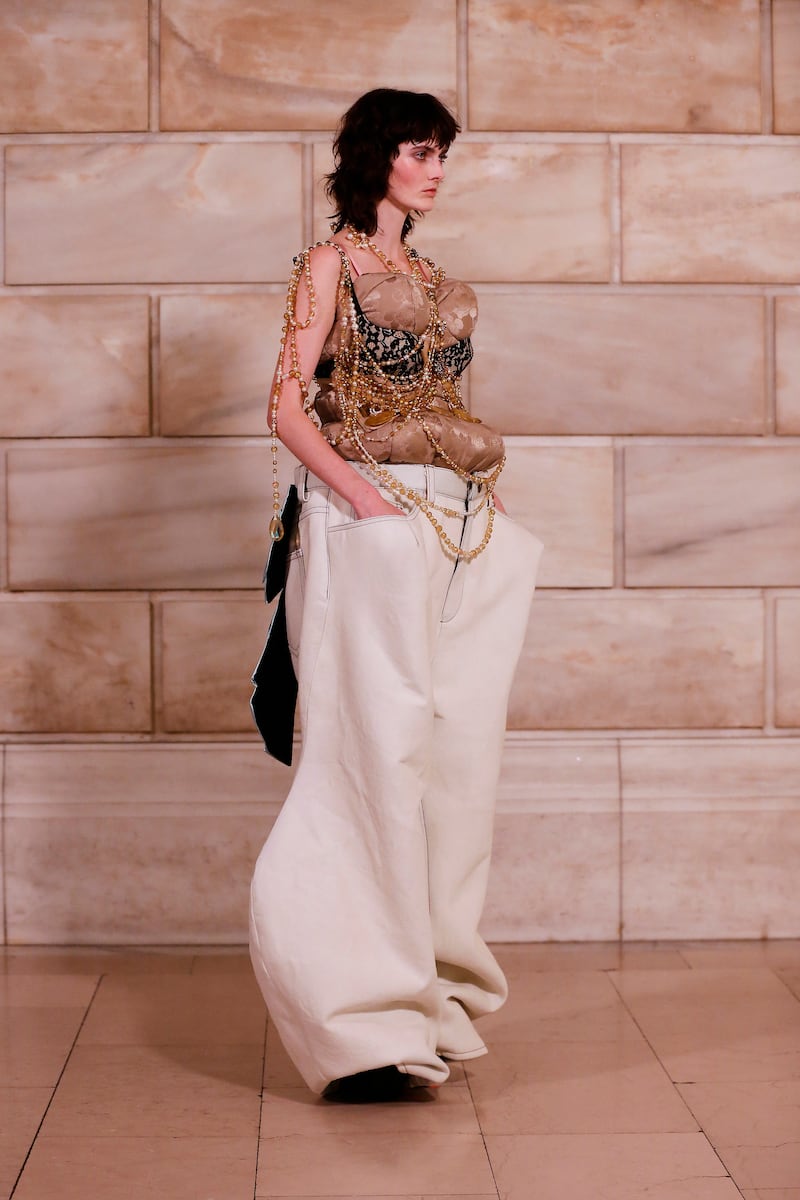
Well, maybe. The collection’s colours were in any case very nice — he is still Marc, master of the refined palette — and as for authenticity, who would doubt that these creations did not come straight from the designer’s heart. But proportion? These clothes literally stretched any definition of proportion to the breaking point, residing in a galaxy light years from any conventional notions of beauty.
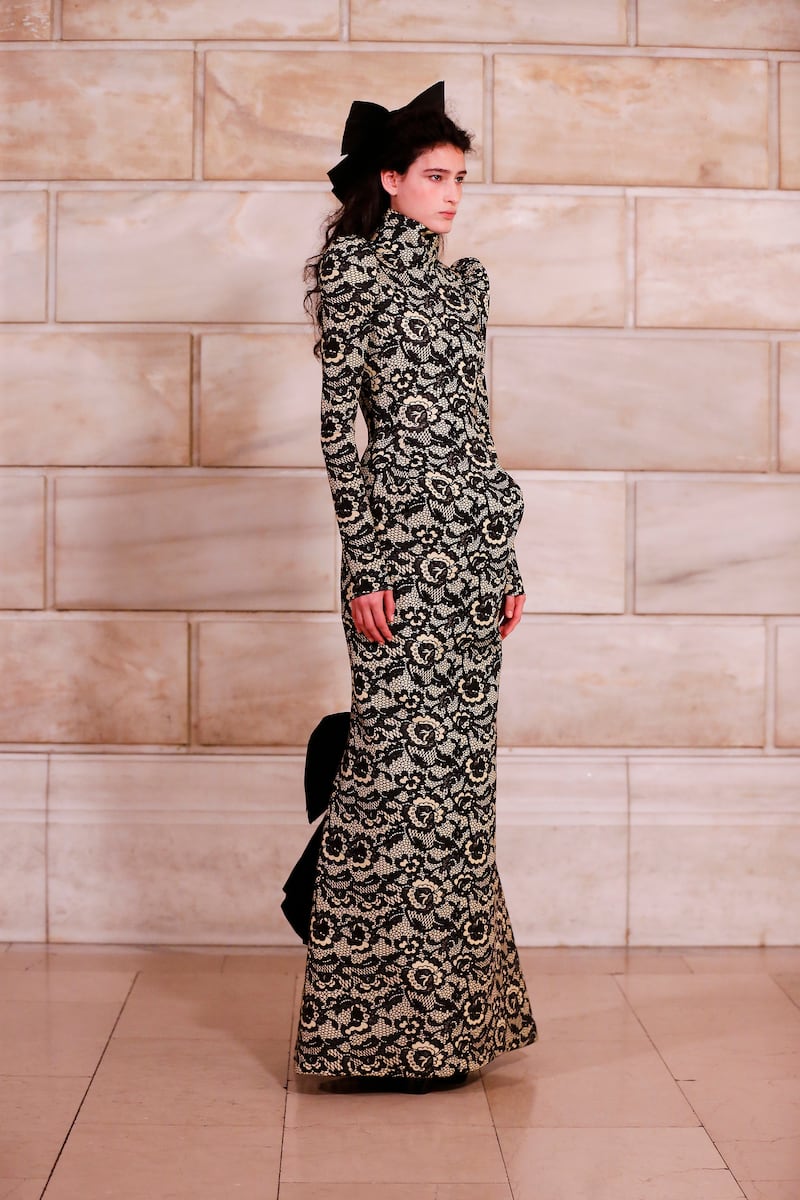
You could not help but wonder: if Rei Kawakubo hadn’t shown her seminal Comme des Garçons Tumor collection way back in 1997, would these Marc Jacobs clothes even exist? It was as if someone had dangled those gingham bumps and lumps before his eyes so long ago, and Jacobs has remained hypnotised ever since. He has always flirted with these distortions, but this time it was a full-blown obsession.
ADVERTISEMENT
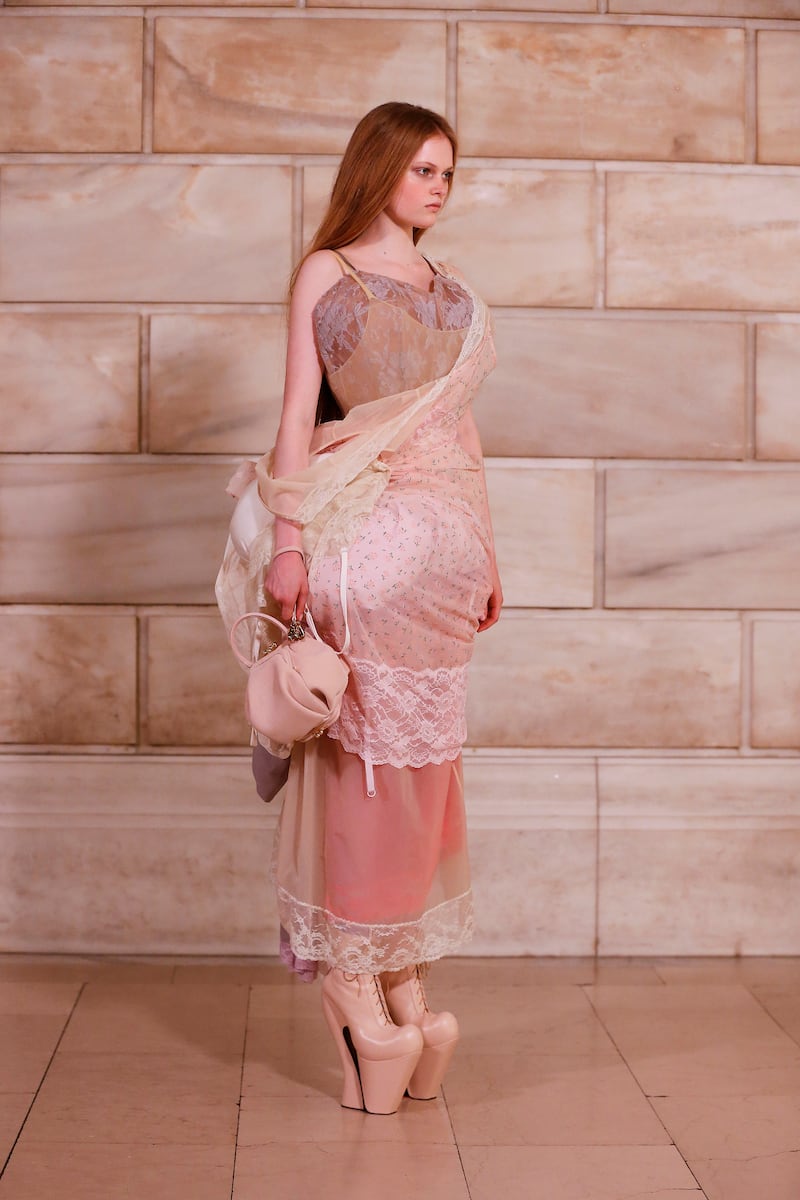
Here was a panoply of looks that traveled far beyond the mere bulbous — padded, grossly distended, all but obscuring the body. There were vast cargo pants almost buried beneath a cavalcade of floppy flaps; a polka dot top whose plumpness put one in mind of a ginormous overripe pumpkin; a disconcerting sausage roll languishing between waistband and bra top. When a slender lace dress emerged, it was a welcome tonic, though even this featured an unwelcome blob around the tummy.
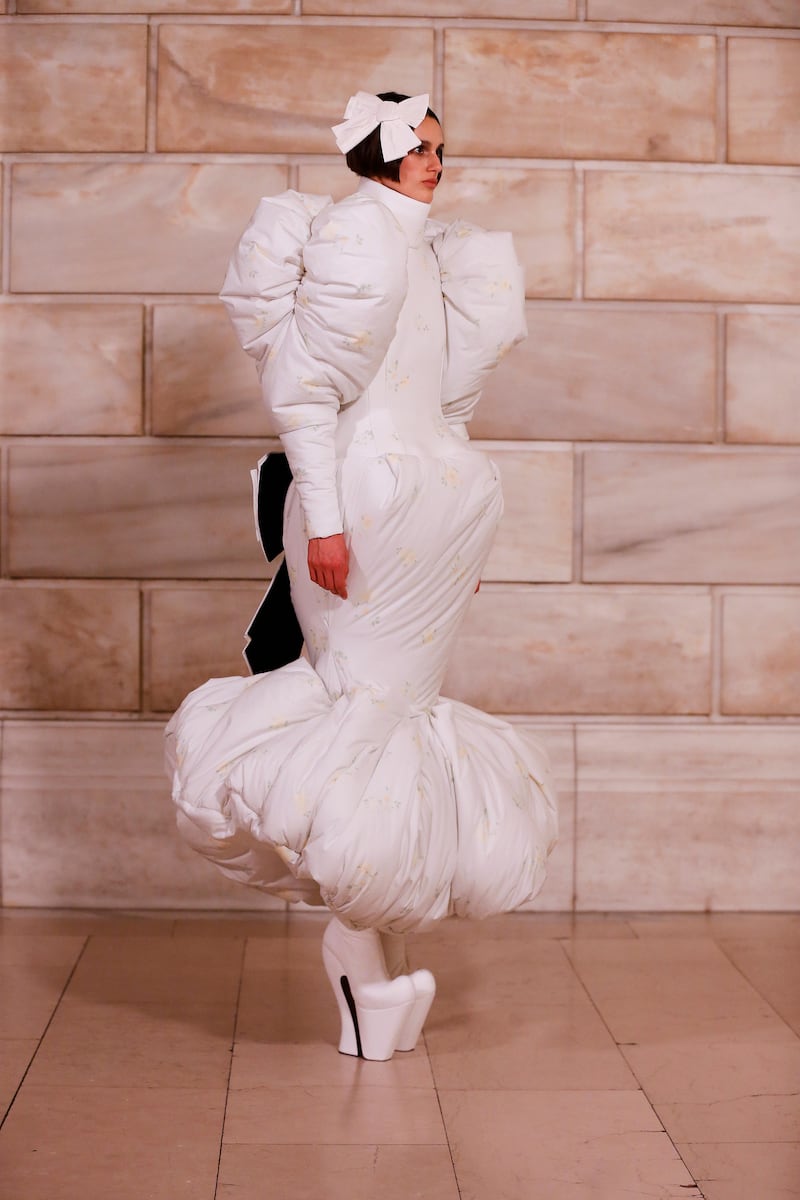
Other flourishes included an excess of huge bows, nestled in the hair, scraping the floor, and in one case, rendered in plaid and pretty much completely covering the model’s petit derriere. Gossamer floral fabrics that would be at home in a boudoir, or a nursery, were also in evidence, threatening to turn the wearer into an addle-brained baby doll. Some of the overwrought leg-o-mutton sleeves seemed inspired by the costumes in Yorgos Lanthimos’s Poor Things, which was similarly set in a surreal landscape, devastating in its horror and loveliness.
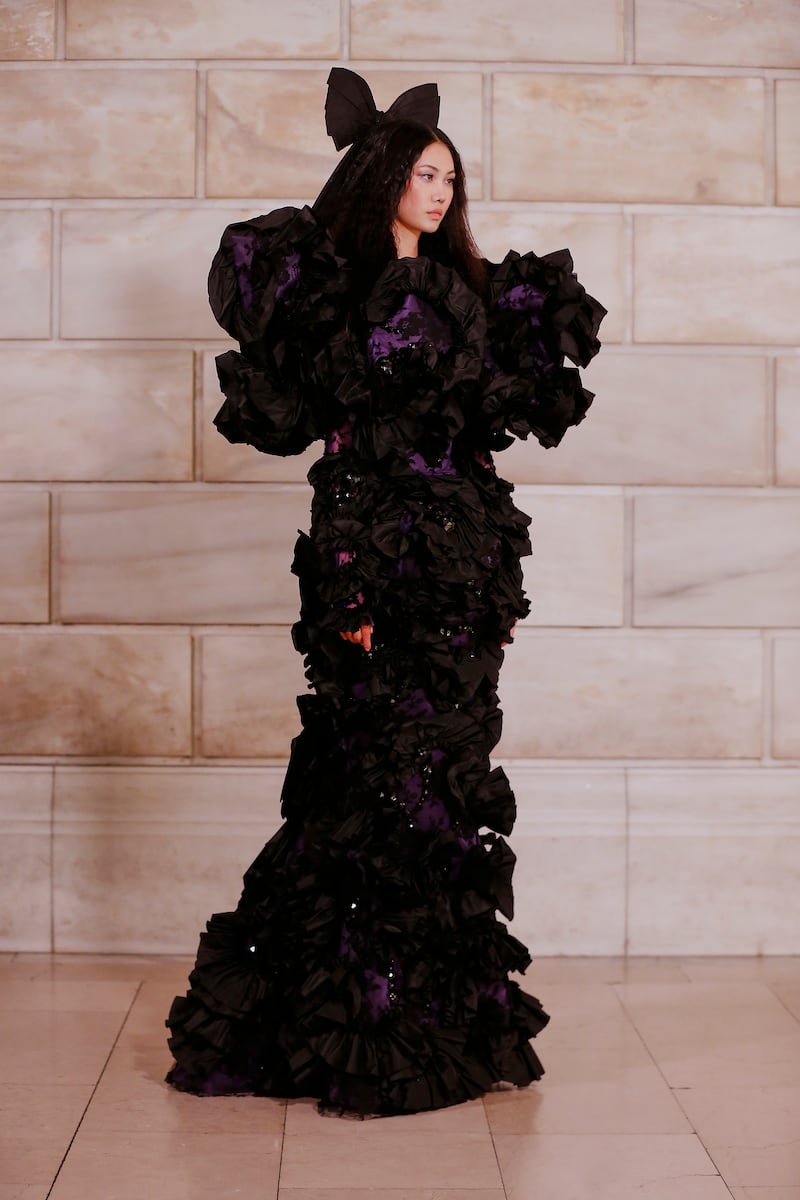
Alas, it was hard to read into this any kind of critique of traditional female roles, or as a commentary on the infantilisation of women, especially since the platforms these poor things wore were so vertiginous, and so obviously painful. But do fairies and mermaids and angels even wear shoes? Who can dispute the force of a dream that is clearly so deeply personal, so detailed in its madness, that in the end it deserves a twisted grudging kind of respect.
Maybe these bright young things teetered backstage after the four-minute show, kicked off these torture chambers, sprouted wings and flew down Fifth Avenue, born aloft by their goofy ensembles? And think about it — wouldn’t you want to leave this hideous world behind, if only for a few minutes, and join them as they soared over Manhattan?
Marc Jacobs Autumn/Winter 2025
0 of 17

